October 18, 2012
 While we know that sexual abuse is a widespread problem, we also know that certain factors put particular children at risk. The risk of sexual abuse increases when children live with step-parents, a single parent and for those children who live with a single parent who has a live-in partner. Children who witness or are the victim of other crimes are significantly more likely to be sexually abused. And the maltreatment of children also increases if a parent has issues with substance abuse, depression and/or anxiety.
While we know that sexual abuse is a widespread problem, we also know that certain factors put particular children at risk. The risk of sexual abuse increases when children live with step-parents, a single parent and for those children who live with a single parent who has a live-in partner. Children who witness or are the victim of other crimes are significantly more likely to be sexually abused. And the maltreatment of children also increases if a parent has issues with substance abuse, depression and/or anxiety.
What about children with disabilities?
Statistics have varied over the years regarding sexual abuse among these children. Most researchers now agree that they are at least as vulnerable as their peers. A child with a developmental disability often has more frequent one-on-one interactions with providers or aides, may have emotional and social insecurities that can make them more vulnerable to abuse, and/or may have communication difficulties that inhibit their reporting abusive behavior by an adult or older/stronger child. Typically, persons with disabilities learn to not question caregivers or others in positions of authority. Studies show that children with disabilities do not disclose abuse as frequently as their peers and when they do, they delay the disclosure for at least a month after the abuse occurred.
SCAN and the Darkness to Light Foundation continue to emphasize that it is the responsibility of all adults to protect the children in their lives. This is especially important with children who may have a lack of knowledge and understanding of sex education due to their disability. They may feel powerless when subjected to exploitation. Prevention strategies to reduce potential abuse include:
- explaining the difference between appropriate and inappropriate social and sexual behaviors;
- reducing social isolation so that they form and strengthen relationships with peers and trusted adults;
- and practicing communication skills so the child learns ways to express feelings, fears and concerns.
So, be more aware of those children who have a disability and may be living in silence with sexual abuse. The greatest risk factor for any child is adults who are not empowered to understand, recognize and respond to child sexual abuse. No child should be responsible for protecting themselves on their own.
Later this week we’ll be training a group of adults–not just to be empowered as individuals, but also to facilitate future trainings of other adults in our region. We’re incredibly excited about the chain reaction this kicks off for keeping children safe and changing the way our community thinks about child sexual abuse prevention.
